HAVING her career cut short by a medical condition didn’t stop Sadhana from becoming one of the greatest leading ladies in Hindi cinema history. The Bollywood actress went from being a backing dancer to becoming a hugely successful star with one of the greatest hit rates of all time.
This week marks the birth anniversary of the late actress, who was born on September 2, 1941. To mark the occasion, Eastern Eye decided to present an all you need to know A to Z about an unforgettable icon who entertained and inspired so many.
A is for Abana: The actress made her film debut in Abana (1958), which was one of the first Sindhi language films to be produced. The teenager was cast in a supporting role after the producers spotted her acting in a college play.
B is for Backing dancer: Sadhana had always aspired to be an actress from a young age and got her first Bollywood experience as a backing dancer in the Shree 420 (1955) song Mud Mud Ke Na Dekh.
C is for Cost: At the height of her fame from 1963 to 1967, she was the highest paid actress in Bollywood. Being hotly in demand and expensive meant she had to turn down big projects, but this didn’t affect her impressive hit rate (see Q).
D is for Debut: A photograph of the actress during the promotion of Abana was printed in a movie magazine, which was noticed by major Bollywood producer Sashadhar Mukherjee. He got her to join his acting school, which was also attended by his son Joy Mukherjee. After intensive training, both aspiring hopefuls were launched in the film Love in Simla (1960) (above). The musical became a huge success and turned her into an overnight star.
E is for Ek Musafir Ek Haseena: After successful films like Parakh (1960) and Hum Dono (1961), she hit top gear by teaming up with Joy Mukherjee again in the musical romance Ek Musafir Ek Haseena, (bottom, left) the highest grossing film of 1962.
F is for Fashion: A major reason Love in Simla became a big success was Sadhana’s look, which included an Audrey Hepburn inspired fringe. She became a style icon, who introduced new western inspired looks, which were copied by women and girls across India. This would be a turning point for the Hindi film heroine and style in India.
G is for Geetaa Mera Naam: The actress admirably rounded off her career as an actress by playing a double role in Geetaa Mera Naam (1974) (above). She also directed the successful film, which was something a frontline leading lady in Hindi cinema hadn’t done. The feminist movie also starred Sunil Dutt and Feroz Khan, but she was centre stage. Although not officially credited, she would later produce the movie Pati Parmeshwar (1989), with Dimple Kapadia in the lead role.
H is for Hum Dono: The actress had many unforgettable musical moments throughout her career. Abhi Na Jao Chhod Kar from the film Hum Dono (1961), filmed on her and Dev Anand (above) is regarded as one of the most romantic songs ever in Bollywood. Fans of that movie moment include Shah Rukh Khan and Sanjay Leela Bhansali. The movie was later colourised and rereleased in 2011.
I is for Influence: The actress not only influenced female audiences with her style, but also other leading ladies, who copied her outfits, make-up and hair. In the Rab Ne Bana Di Jodi (2008) song Phir Milenge Chalte Chalte actress Bipasha Basu had a retro outfit and fringe as a tribute to Sadhana.
J is for Jhumka Gira Re: She brilliantly performs the iconic song Jhumka Gira Re (above) from Mera Saaya (1966). Although the Madan Mohan composed song has been remixed many times, including in the recently released film Rocky Aur Ranii Ki Prem Kahaani (2023), it will remain forever associated with Sadhana. Audiences in cinemas threw coins at the screens when the song came on and it was one of the most requested on radio.
K is Karachi: The actress was born as Anjali Shivdasani into a Snidhi Hindu family in Karachi, British India, on September 2, 1941. She was the second child of her parents Shivram Shivdasani and Lali Devi. Her father was the elder brother of actor Hari Shivdasani, father of actress Babita, the mother of Karishma and Kareena Kapoor.
L is for Lag Jaa Gale: For many, one of the greatest love songs in Bollywood history is the haunting Lag Jaa Gale (above) from Woh Kaun Thi (1964). The Madan Mohan composition, which has been covered by countless artists, was originally sung by Lata Mangeshkar and filmed on Sadhana in the spooky drama.
M is for Musical: From slow romantic numbers like Lag Jaa Gale to upbeat songs like Jhumka Gira Re, Sadhana had memorable musical moments throughout her career. Hit movie Rajkumar (1964), had many including Aaja Aai Bahar, Tumne Pukara Aur Hum Chale Aaye and the sensual Dilruba Dil Pe Tu, where you just can’t take your eyes off her
N is for Name: Her father was such a big fan of Bengali actress-dancer Sadhana Bose that he renamed his daughter from Anjali to Sadhana when she was five. O is for Old age: They may have been rivals in their younger days, but long after their retirement Sadhana, Asha Parekh, Waheeda Rehman and Nanda became firm friends. They would regularly meet up and kept each other company.
P is for Partition: Her family migrated from Karachi to Bombay (now Mumbai) during partition. Sadhana was home-schooled until she was eight years old. She later studied at Jai Hind College and would act in several plays. During college, her family fell on hard times, and she worked as a typist to support them.
Q is for Quality: The actress choosing quality over quantity of movies resulted in her having one of the highest hit rates in Hindi cinema history. That is why most of her movies as a leading lady were huge successes. This included starring in the highest grossing movie of the year on multiple occasions, including with Mere Mehboob (1963) (above) and Waqt (1965)
R is for RK Nayyar: While shooting for her debut film Love in Simla (1960), the actress fell in love with the director RK Nayyar. As she was very young at the time, her parents disapproved, but their bond remained strong. Sadhana eventually married him on March 7, 1966, and they remained together until his death in 1995. The couple had no children.
S is for Suspense: She starred in the famous suspense trilogy directed by Raj Khosla, of Woh Kaun Thi (1964), Mera Saaya (1966) (above) and Anita (1967). She was very much the heartbeat of each film, which expanded the horizons of a Hindi cinema industry dominated by romance and social dramas.
T is for Thyroid: The actress was known to have the most beautiful eyes in Bollywood. But a serious thyroid problem affected her eyes and health in general. She had an operation in Boston and returned to do some films like the successful Ek Phool Do Mali (1969), but it was never the same and the illness ended her frontline acting career. After her retirement, she refused to be photographed for a long time.
U is for Undisclosed: After undergoing emergency surgery, the actress died on December 25, 2015, aged 74, at a Mumbai hospital. The actual illness she was suffering from was never officially disclosed.
V is for Village girl: If Love in Simla showed off her glamour and sense of style, then her second film Parakh (1960) demonstrated that she was a brilliant actress too. When ace director Bimal Roy cast Sadhana as a simple village girl in the movie, he got rid of her trademark fringe, cool outfits, and striking make-up. Sadhana was so good that Roy said she reminded him of Nutan, her idol.
W is for Waqt: Her blockbuster hit Waqt (1965) (above) popularized the multi-starrer, along with the lost and found formula, in Hindi films. Despite the presence of a huge star cast, Sadhana shone with her performance and earned a Filmfare nomination for best actress. Her fashion once again stood out, as she popularized the tight churidar-kurtas, which replaced the traditional loose salwar kameez in popular culture.
X is for X Factor: She was a great actress, but what really turned Sadhana into an icon was her stunning sense of style and cool haircuts, which became a rage. Her beautiful eyes also became the stuff of legend and endeared her to male audiences, with women trying to copy her.
Y is for Youngster: Sadhana wanted to become an actress since childhood and was primarily inspired by Nutan. She also admired Dev Anand and would star opposite him in successful films Hum Dono (1961) and Asli-Naqil (1962).
Z is for Zest: Whether it was memorable characters onscreen or the way she chose to live life on her own terms, Sadhana always had a real zest for life. After decades away from the spotlight, she made her final public appearance walking the ramp with Ranbir Kapoor (above) for a charity fashion show in 2014 and once again all eyes were on the unforgettable beauty of Bollywood
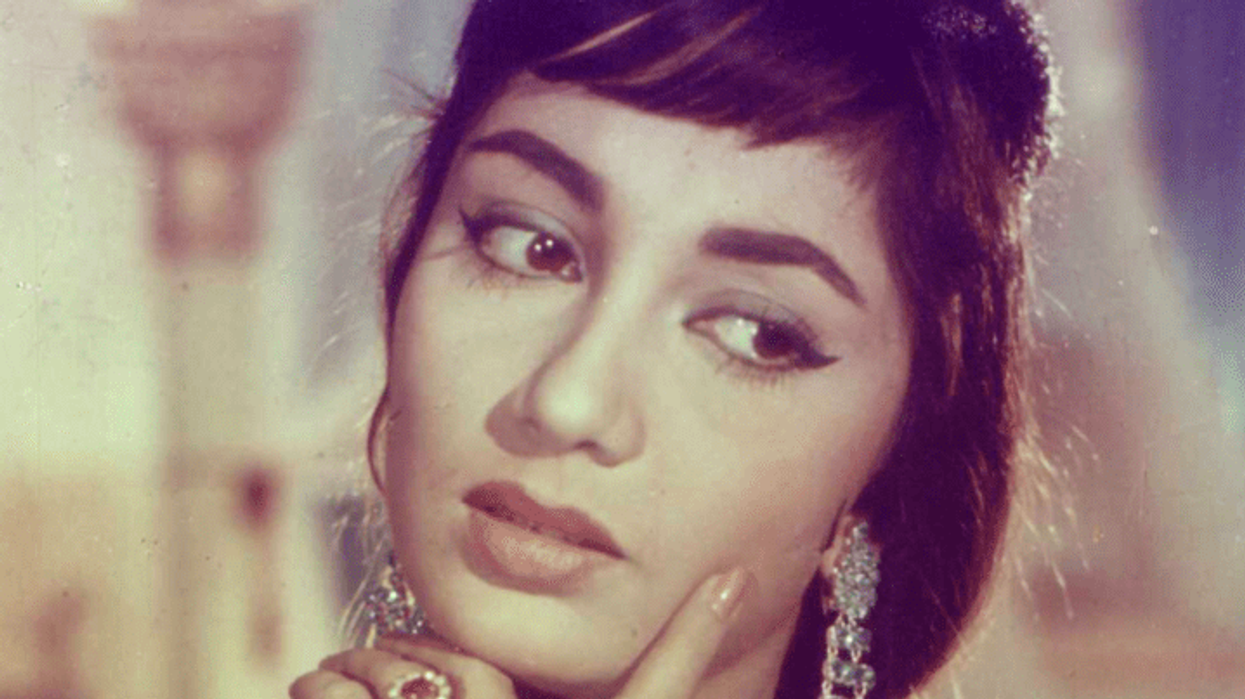
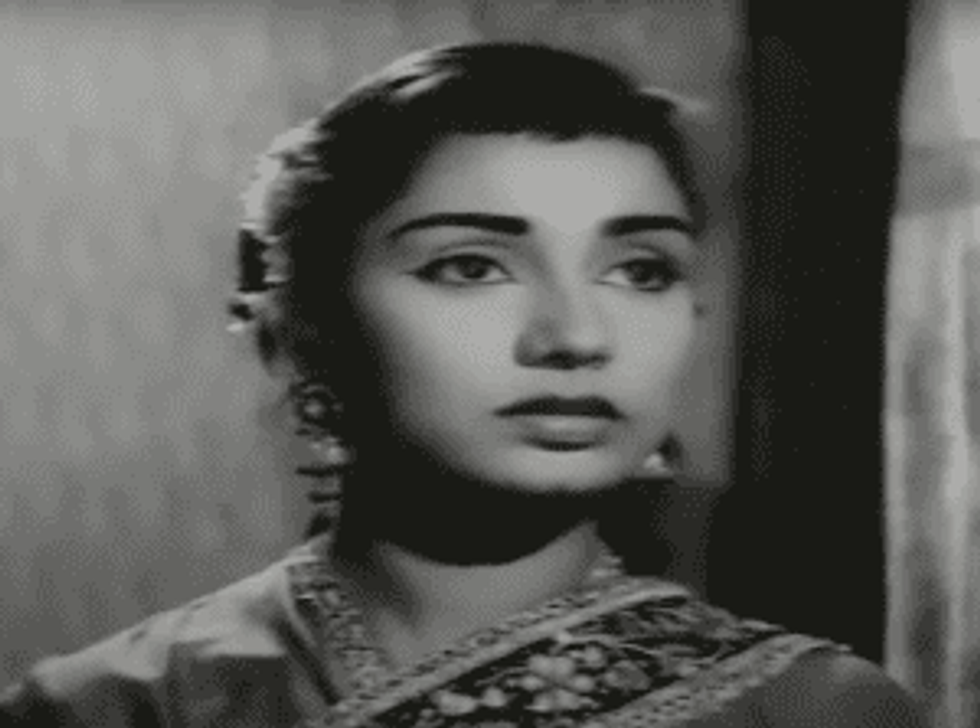

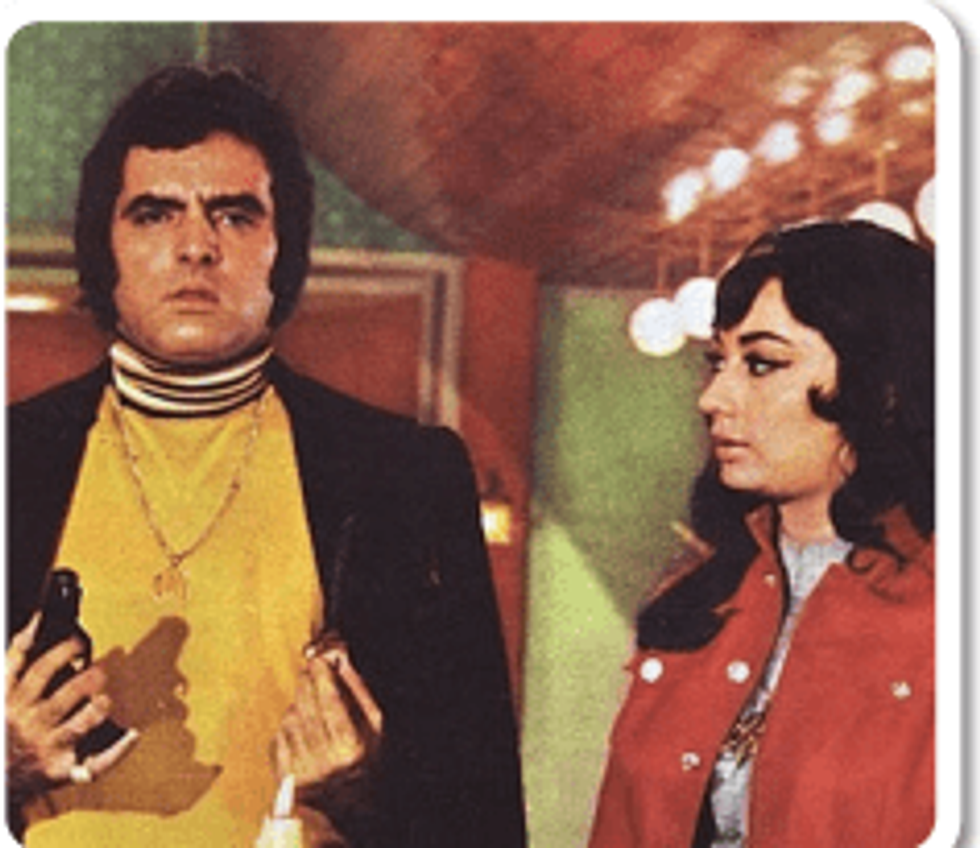
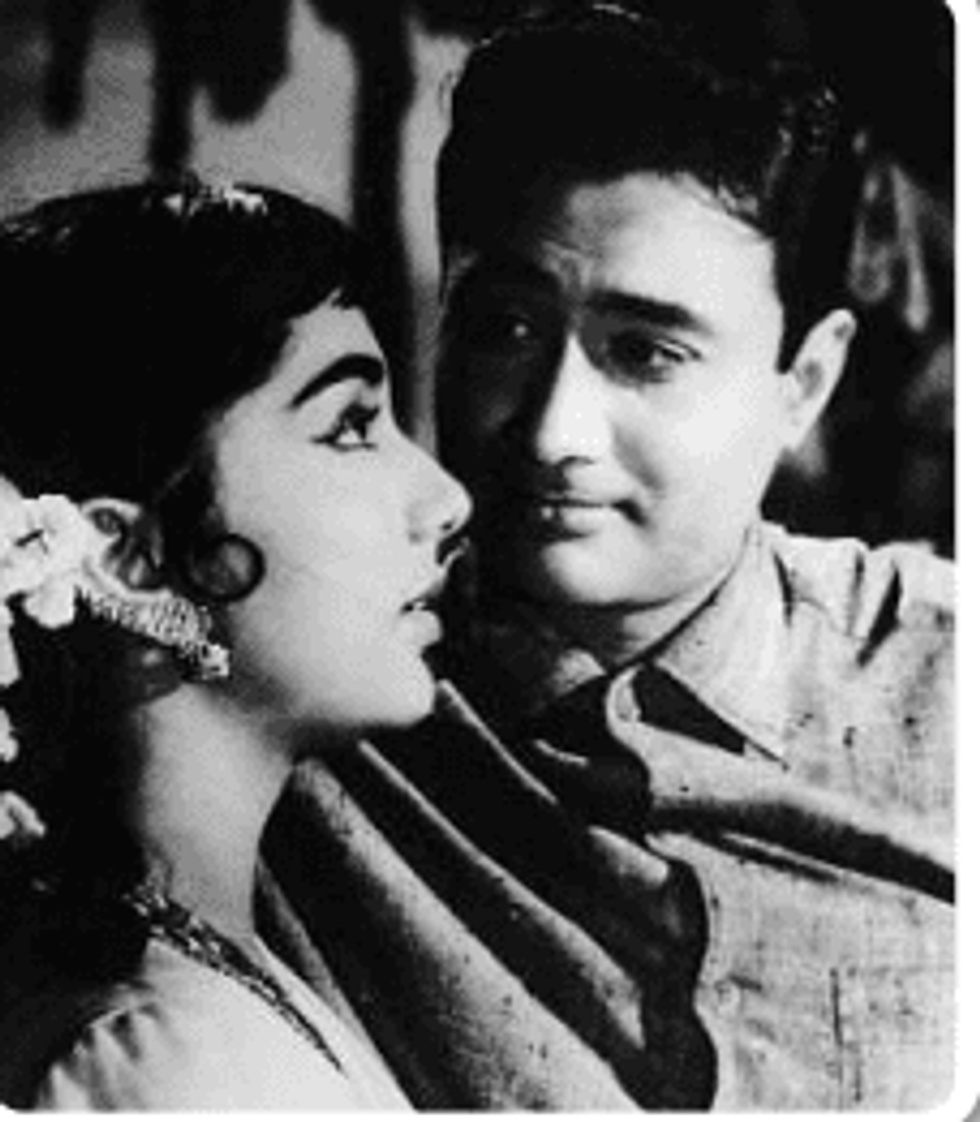
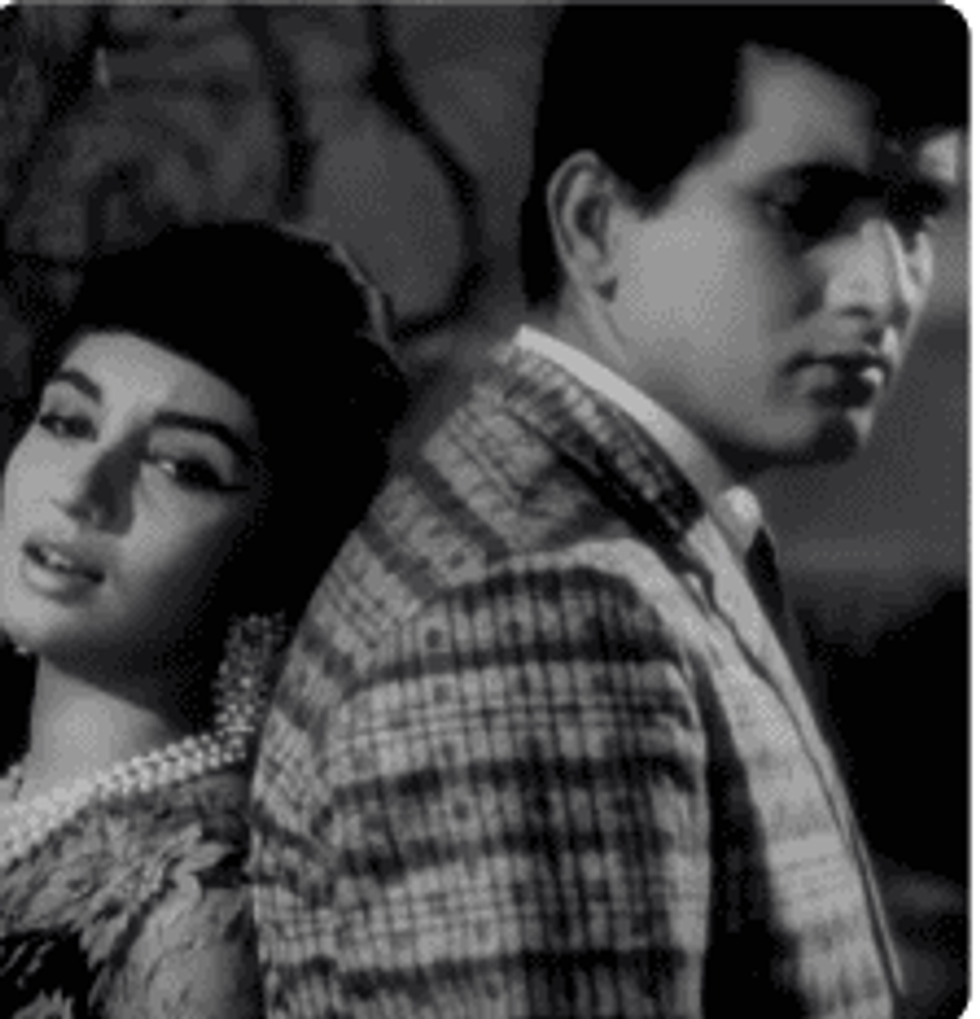
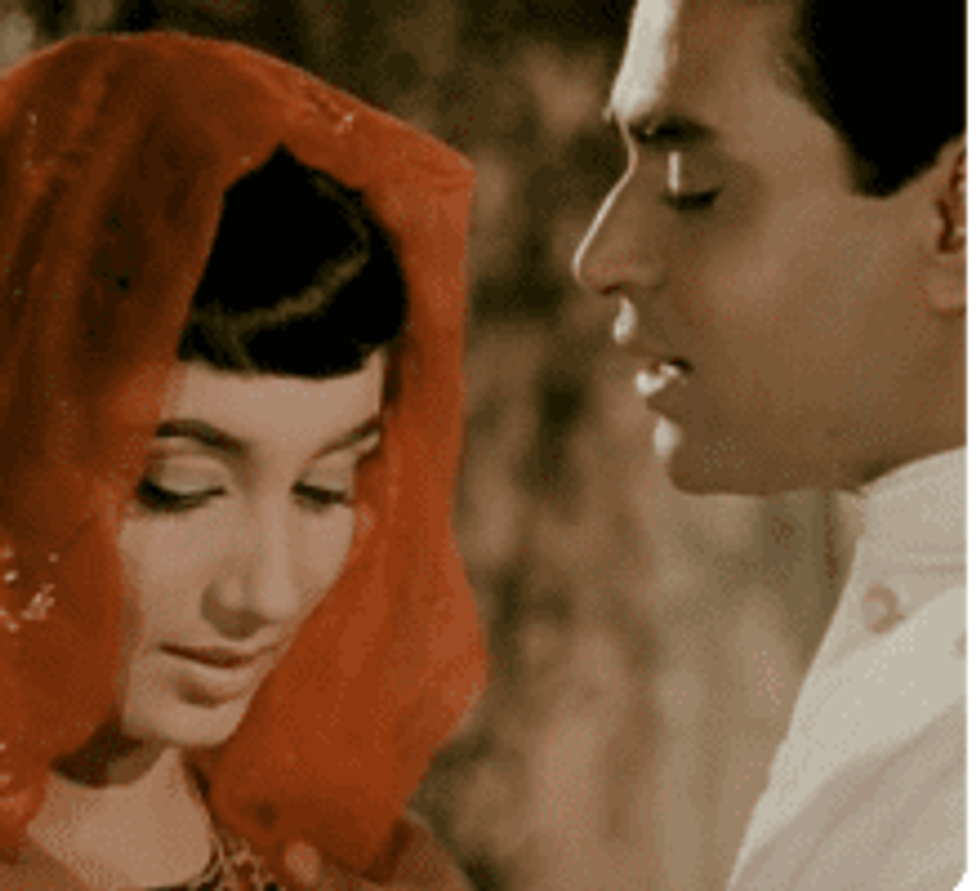
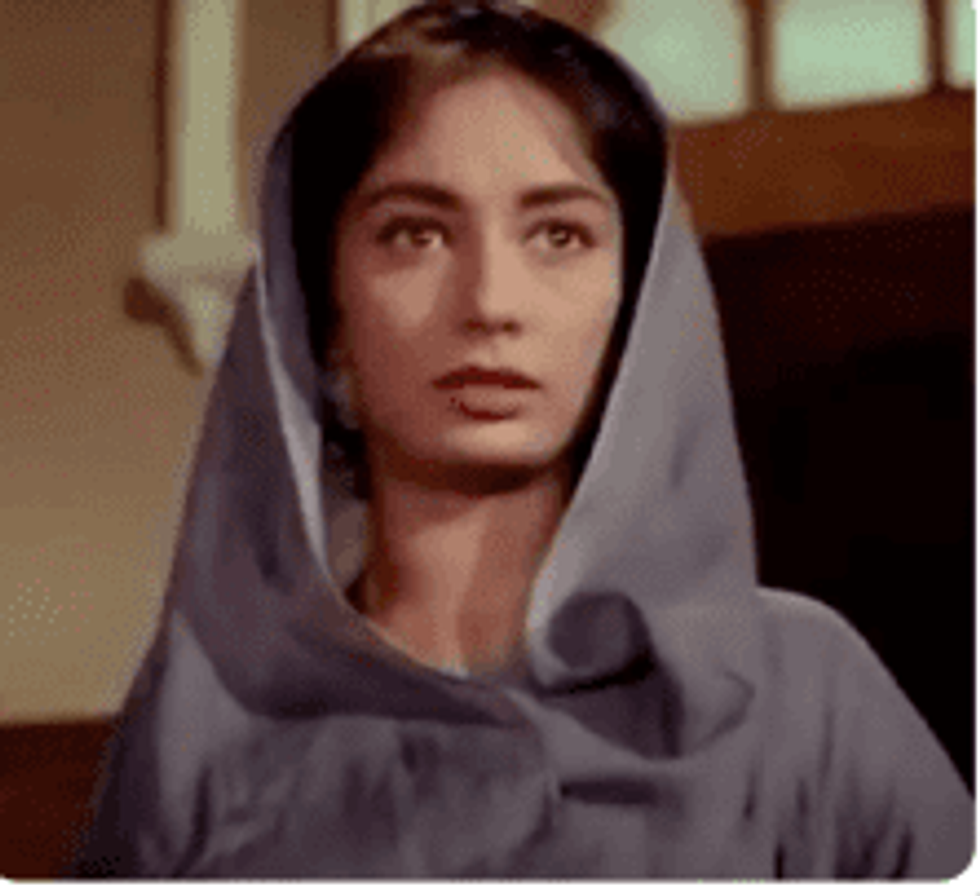
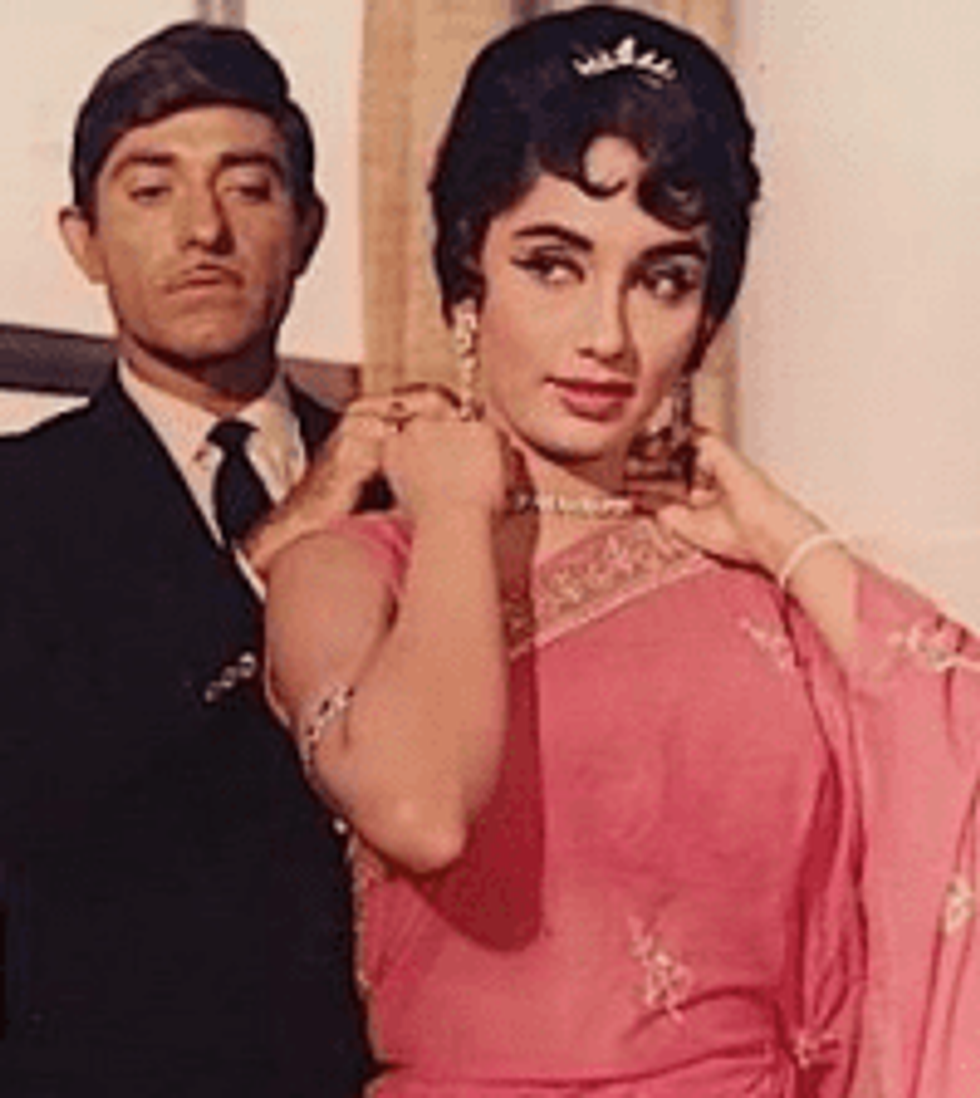
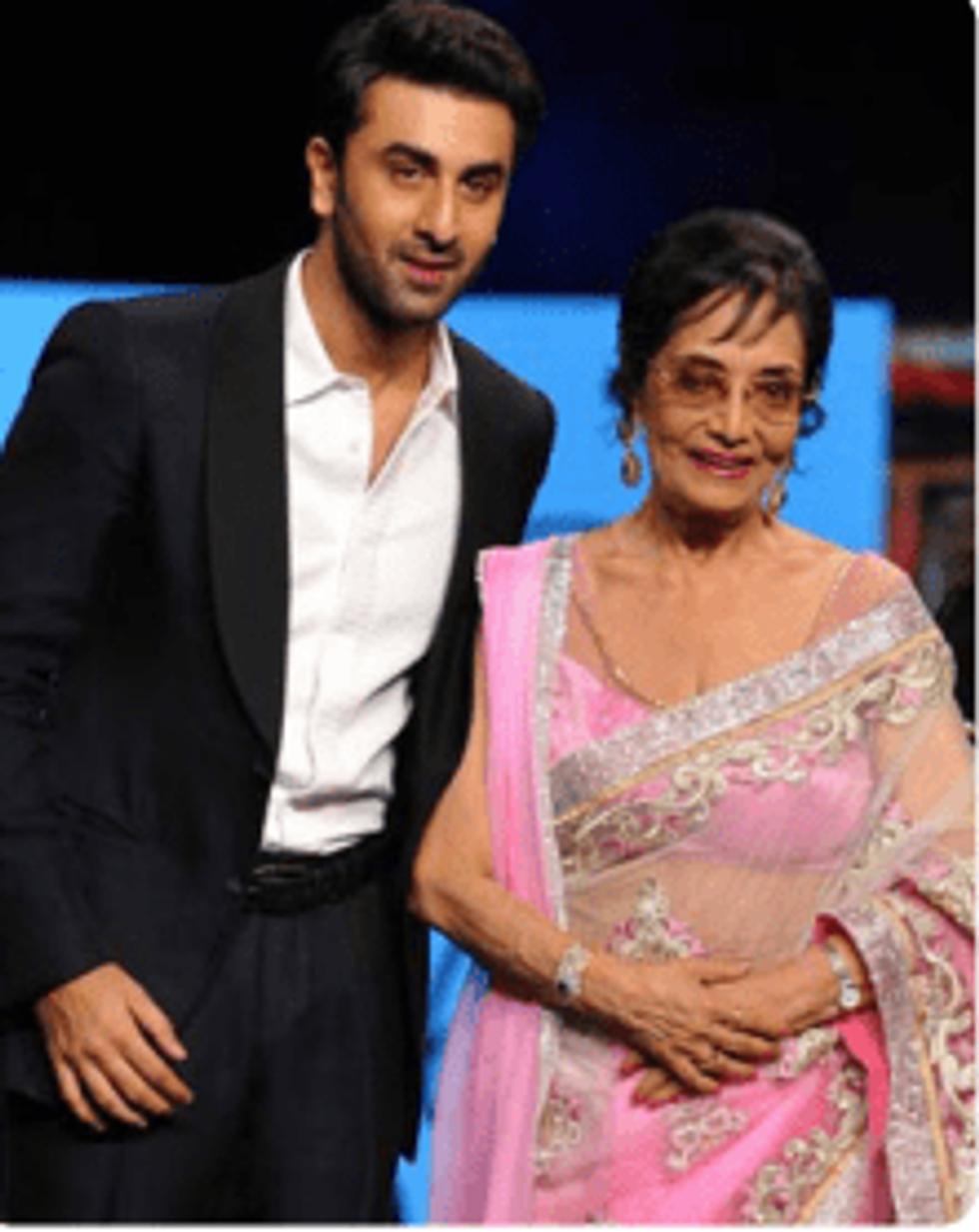





 The Christmas light walks in central London that still feel festive Getty Images
The Christmas light walks in central London that still feel festive Getty Images 





